Sunflowers, with their towering stalks, bright golden petals, and cheerful faces tracking the sun, have long been symbols of warmth, positivity, and prosperity. Beyond their ornamental beauty, sunflowers are vital agricultural crops, valued for their seeds, oil, and animal feed. Grown in dozens of countries across the globe, these hardy plants have significant economic and nutritional importance.
But when it comes to large-scale cultivation, which country leads the world in sunflower production? In this article, we’ll explore which nation is the largest sunflower producer, what makes it excel in this field, and how sunflowers impact global agriculture and trade.
A Brief History of Sunflowers
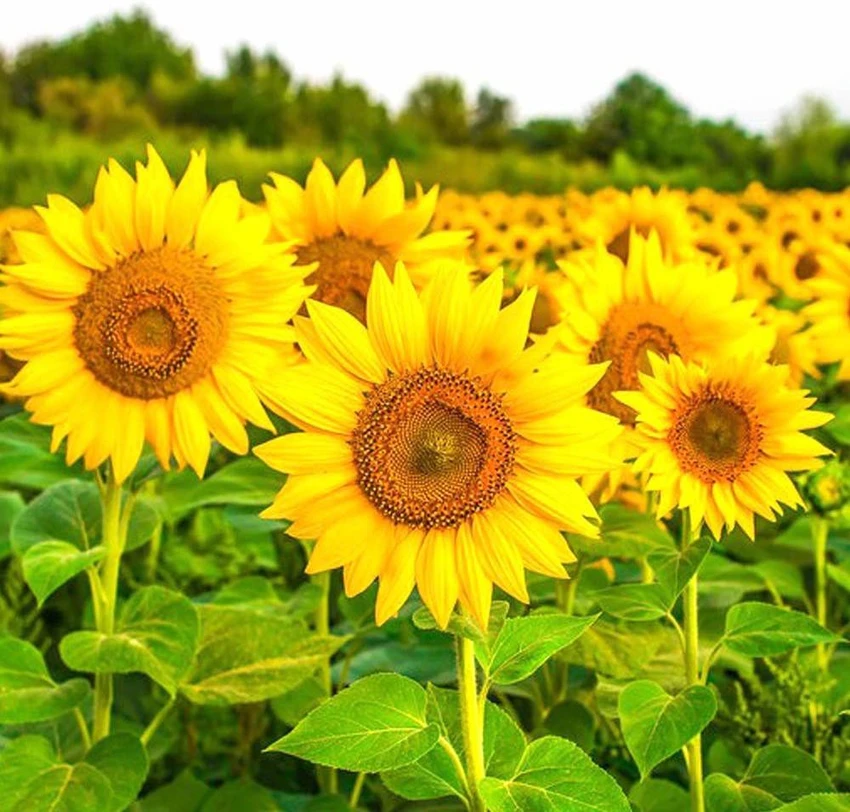
The history of sunflowers (Helianthus annuus) traces back to North America, where Native American tribes first domesticated them around 3,000 BC. They used sunflowers for food, oil, dye, and medicine.
When Spanish explorers brought sunflowers to Europe in the 16th century, the plant quickly spread across the continent. It gained particular popularity in Eastern Europe for its oil-rich seeds and adaptability to various climates.
Today, sunflowers are grown globally for:
- Edible oil production
- Snack seeds
- Animal feed
- Biofuel
- Ornamental gardening
Which Country Is the Largest Sunflower Producer in the World?
As of the latest international agricultural reports, Russia holds the title of the largest sunflower producer in the world.
Key Facts:
- Russia produces approximately 16 to 17 million metric tonnes of sunflower seeds annually.
- The country accounts for about 25% to 30% of global sunflower production.
- Vast fertile lands, modern farming techniques, and high-yield hybrid seeds have contributed to Russia’s dominance in this field.
Why Is Russia the Top Sunflower Producer?
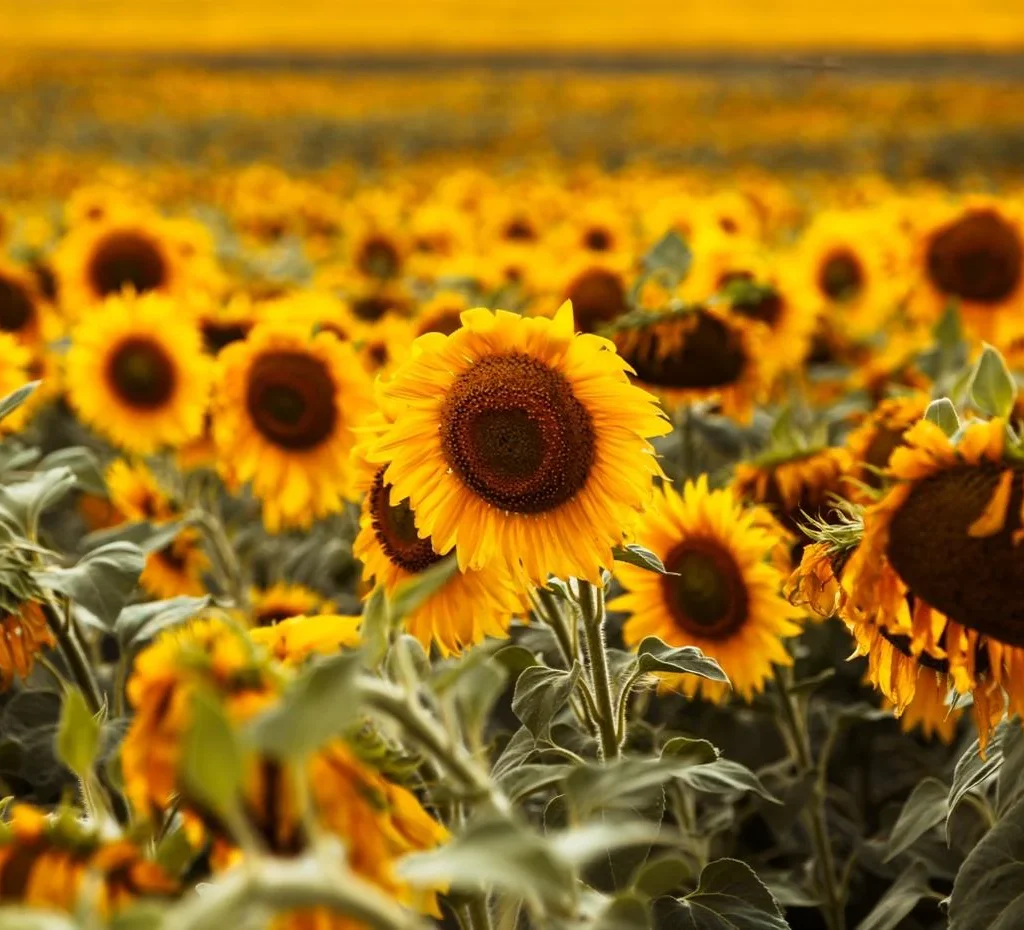
Several factors have enabled Russia to claim the top spot in global sunflower production:
Expansive Agricultural Land
Russia possesses some of the largest stretches of arable land in the world, especially in its southern regions. The Central Black Earth Region, Krasnodar Krai, and Rostov Oblast offer rich, fertile soil perfect for sunflower cultivation.
Ideal Climate
Sunflowers flourish in temperate continental climates with hot summers and moderate rainfall. Southern Russia’s climate provides these conditions, ensuring long, sunny growing seasons and robust yields.
High-Yield Hybrid Varieties
Russian farmers have widely adopted modern, disease-resistant, and drought-tolerant hybrid sunflower varieties. These seeds offer higher oil content and better resistance to pests and diseases.
Advanced Agricultural Techniques
With significant investments in modern farming machinery, efficient irrigation systems, and large-scale farm operations, Russia has increased productivity per hectare dramatically over the last two decades.
Strong Domestic and Export Demand
Sunflower oil is a staple cooking ingredient in Russian cuisine and is heavily consumed domestically. Additionally, Russia exports large quantities of sunflower oil and seeds to Europe, the Middle East, and Asia, making sunflower farming a profitable venture.
The Top Sunflower-Producing Countries
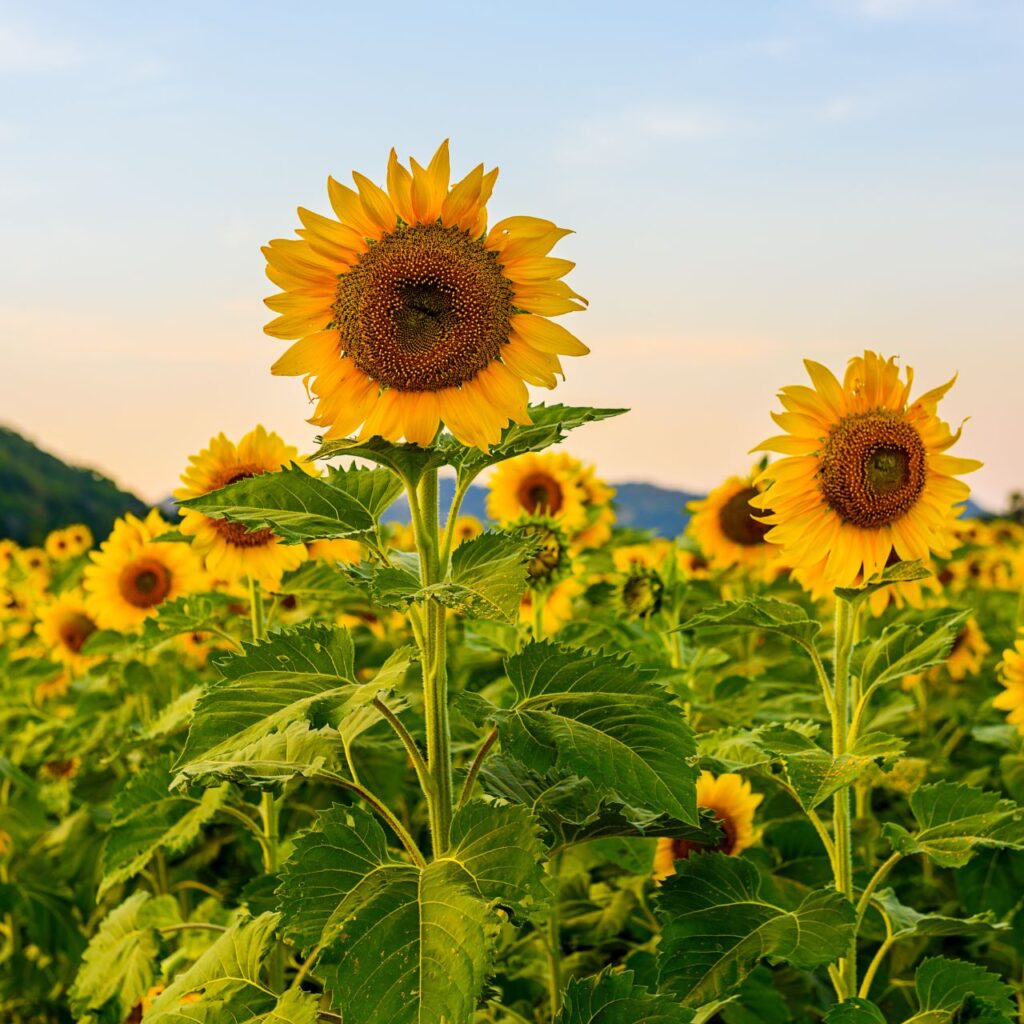
While Russia leads, several other nations also contribute significantly to global sunflower production. Here’s a look at the major players:
1. Russia
- Production: 16–17 million tonnes/year
- Main Regions: Krasnodar, Rostov, Voronezh, Saratov
2. Ukraine
- Production: 12–14 million tonnes/year (pre-2022)
- Ukraine was once neck-and-neck with Russia, but the recent conflict has impacted its agriculture sector.
- Key Exports: Sunflower oil, seeds
3. European Union (Collectively)
- Notable Producers: Romania, Hungary, Bulgaria, France, and Spain
- Combined, these EU countries produce around 10 million tonnes of sunflower seeds annually.
4. Argentina
- Production: 3–4 million tonnes/year
- South America’s largest sunflower producer, known for high-quality sunflower oil exports.
5. Turkey
- Production: 1.5–2 million tonnes/year
- Sunflower oil is a key ingredient in Turkish cooking, with large fields in Thrace and the Marmara region.
6. United States
- Production: 1–1.5 million tonnes/year
- Primarily grown in North Dakota, South Dakota, Minnesota, and Kansas, with seeds used for oil, snacks, and bird feed.
Global Sunflower Production by Numbers
| Rank | Country | Production (Million Tonnes) |
|---|---|---|
| 1 | Russia | 16–17 |
| 2 | Ukraine | 12–14 |
| 3 | European Union (Total) | 10 |
| 4 | Argentina | 3–4 |
| 5 | Turkey | 1.5–2 |
| 6 | United States | 1–1.5 |
Major Uses of Sunflowers
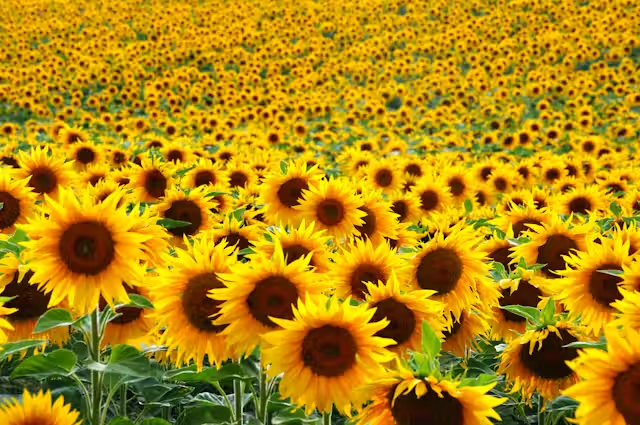
Sunflowers are incredibly versatile, with almost every part of the plant being valuable:
Edible Oil Production
The primary reason sunflowers are grown is for their seeds, which produce high-quality cooking oil. Sunflower oil is:
- High in Vitamin E
- Low in saturated fats
- Used in frying, baking, and salad dressings
Snack Seeds
Sunflower seeds are popular as:
- Roasted and salted snacks
- Ingredients in granola, bread, and health bars
Animal Feed
The byproduct of oil extraction, called sunflower meal, is rich in protein and used as livestock feed.
Biofuel
Sunflower oil can also be converted into biodiesel, offering an eco-friendly alternative to fossil fuels.
Ornamental and Cultural Uses
Sunflowers symbolize positivity and are grown for:
- Decorative purposes in gardens and bouquets
- Cultural festivals and tourism attractions (e.g., Kansas in the U.S., known as the “Sunflower State”)
Challenges Facing Sunflower Production

Climate Change
Droughts, excessive rainfall, and unpredictable temperatures pose risks to sunflower crops, especially in Russia and Ukraine.
Pests and Diseases
Sunflowers are susceptible to pests like sunflower moths and aphids, and diseases such as downy mildew and rust.
Geopolitical Conflicts
The ongoing Russia-Ukraine conflict has disrupted global sunflower oil markets, leading to shortages and price spikes, as these two countries collectively produce over 50% of the world’s sunflower oil.
The Future of Global Sunflower Farming
As global demand for plant-based oils rises, sunflower farming is expected to expand, with more countries investing in hybrid seeds, sustainable farming practices, and improved irrigation systems.
Emerging markets like India, China, and Brazil are also boosting sunflower production to meet rising domestic needs.
Conclusion
Which country is the largest sunflower producer in the world?
The answer is Russia.
With its fertile southern plains, ideal climate, advanced farming techniques, and strong domestic and international markets, Russia produces over 16 million tonnes of sunflower seeds annually, claiming the top position on the global stage.
While other countries like Ukraine, the European Union, Argentina, and the United States play essential roles in sunflower farming, none match Russia’s scale or consistency in production.
From ancient Native American fields to modern agricultural powerhouses, sunflowers remain a symbol of life, warmth, and sustenance. And as global demand for healthy, plant-based oils grows, these bright yellow blooms will continue to shine across fields around the world.
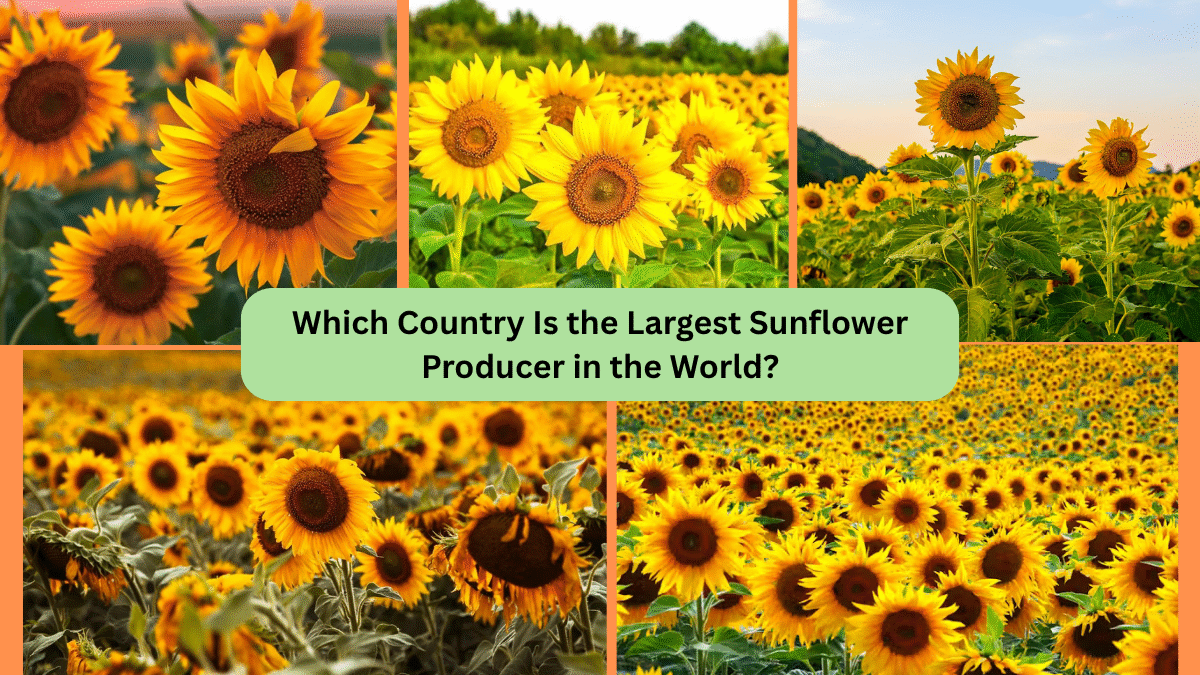



Leave A Comment